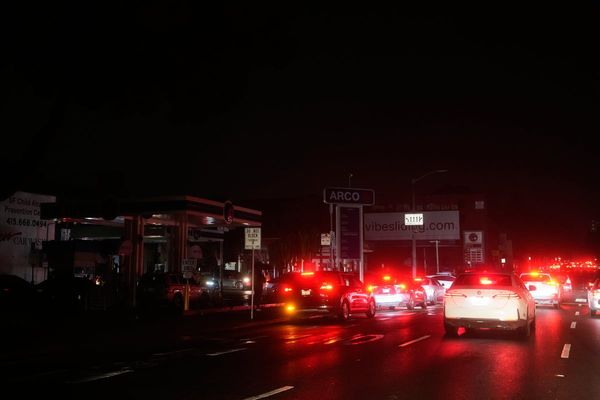
Last week Gatwick airport announced that its currently closed South Terminal will open on 27 March. Which prompted me to consider what might happen to Heathrow Terminal 4, mothballed for nearly two years.
A bit of background. “T4” opened in 1986 as something of a messy, stop-gap measure. The structure allowed Britain’s busiest airport to expand while the most interminable planning dispute in history unfolded.
Building what is now Terminal 5 was the main prize for Heathrow, but the project was extremely controversial due to the substantial increase in traffic that it heralded. Almost 20 years elapsed between the start of the planning process and T5’s eventual opening in 2008.
In contrast, filling some space adjoining the southern runway with a smaller terminal was relatively straightforward.
The original concept of T4 was far-sighted. It was designed for the efficient operation of short-haul “point-to-point” services of the kind today operated by easyJet and Ryanair, not intended to connect with other flights.
The design was to facilitate this: a narrow structure, offering very short drop off-to-departure gate distances, with relatively little space for passengers to hang around.
Once aviation politics got involved, the purpose shifted radically. British Airways decided to make it the home of most long-haul services, moving them from Terminal 3, along with the two leading European routes: Paris and Amsterdam.
KLM, Kenya Airways and Sri Lankan Airlines were also found space at Terminal 4. The location is lousy from an operational point of view: either arriving or departing aircraft (depending on the prevailing air-traffic control pattern) must cross an active runway. The three other terminals – 2, 3 and 5 – are in much more sensible locations between the two runways.
T4 has been nicknamed the “Cinderella terminal” (by me, at least) because of its disconnection from the rest of the airport and poor public transport.
For the decade after British Airways moved out to Terminal 5, T4 had a dual role: a hub for some Skyteam airlines (Aeroflot, Air France/KLM, Kenya Airways, etc) and a semi-dedicated terminal for Middle Eastern carriers including Etihad, Gulf Air of Bahrain and Qatar Airways.
When the coronavirus pandemic broke out and airports worldwide started closing terminals, T4 was inevitably first to close at Heathrow and last to reopen. The main action in the mothballed terminal over the past couple of years was in December 2021, when part of T4 was used as a processing facility for “red list” arrivals.
That role ended when the red list was emptied two weeks later. So what next?
Consider, for a moment, Heathrow as three separate airports. I have added the passenger numbers for 2018 (the last year for which the airport publishes figures).
- Terminals 2 and 3 (which share the central area): 38 million
- Terminal 5 (a couple of miles west): 33 million
- Terminal 4 (half a mile south): 9.4 million
(Terminal 1, by the way, closed when the new T2 opened. It is still standing but its innards were famously auctioned off in 2018. The demolition crew will be along when things pick up.)
Terminal 4 is just a minnow, comparable with Bristol or Glasgow airport, and the most costly per passenger of the Heathrow hubs.
For comparison, Gatwick’s two terminals are balanced, with roughly 23 million passengers coming through both South and North in 2019.
Heathrow handled even fewer passengers in 2021 than it did a year earlier, failing to reach one-quarter of its pre-pandemic numbers, and is losing money relentlessly.
With traffic at Heathrow in January still below half the 2019 level, my guess is that it could be years before T4 reopens. Airport terminals have high fixed costs: security search areas must be well-staffed regardless of the number of passengers.
I reckon flights and passenger numbers will need to return to 80 per cent of pre-pandemic levels (around 65 million passengers) before a financial case could be made for bringing Terminal 4 out of its mothballed condition.
And when T4 does come back, there is no certainty it will revert to its previous role.
It could return as a point-to-point terminal, as originally envisaged. Over the years, easyJet has toyed with the prospect of flying from Heathrow, and T4 would be the obvious location if the aviation downturn makes slots are available at reasonable cost.
I can even envisage Vueling, the expanding Spanish budget airline (sister to British Airways and Iberia of Spain), moving in at scale: BA has lots of slots to use or risk losing them.
A sibling with a sideline that appeals to people who don’t want to schlep to Luton or Gatwick for a no-frills easyJet flight to Europe could certainly appeal. So when you and I finally resume our acquaintances with Terminal 4, it could look very different.







